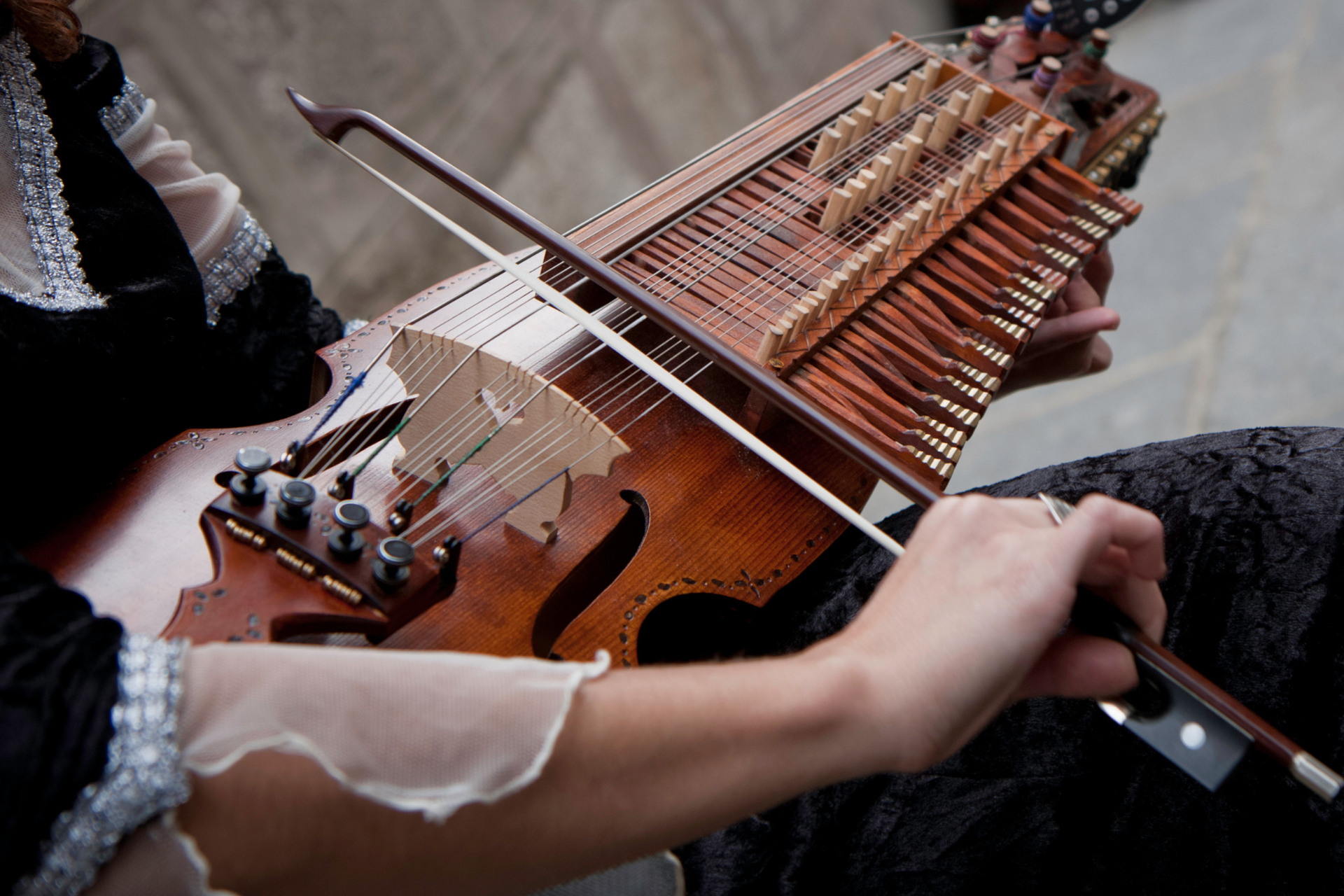General Articles
5 Unusual Music Instruments You’ve Probably Never Heard Of
Introduction to Unusual Musical Instruments
Music is an endless source of creativity, and musicians have invented countless instruments to produce unique sounds. While most people are familiar with guitars, pianos, and violins, there is an entire world of unusual instruments that remain relatively unknown. These instruments often have fascinating histories, distinctive sounds, and unusual playing techniques. Exploring them can inspire musicians and music enthusiasts to think beyond conventional instruments and appreciate the diversity of musical expression. In this article, we introduce five unusual music instruments that you may have never heard of, highlighting their origins, sound, and significance.
1. The Glass Harmonica
The glass harmonica, also known as the glass armonica, was invented by Benjamin Franklin in 1761. It consists of a series of glass bowls or goblets of different sizes mounted on a spindle, which spins when a musician turns a foot pedal. The player produces sound by touching the rims of the spinning glass with wet fingers, creating ethereal, haunting tones. The instrument gained popularity in Europe during the 18th century, with composers like Mozart and Beethoven writing music specifically for it. Its otherworldly sound made it a favourite in salons and royal courts, though the instrument eventually declined due to the difficulty of construction and the fragility of the glass components.
Playing the Glass Harmonica
The glass harmonica requires precision and control. Musicians must carefully balance the pressure and speed of their fingers on the glass to produce the desired pitch and tone. The instrument is capable of producing subtle dynamics and expressive phrasing, making it suitable for both solo performances and small ensembles. Its sound has been described as mystical, floating, and even ghostly, capturing the imagination of listeners worldwide.
2. The Nyckelharpa
The Nyckelharpa is a traditional Swedish string instrument that resembles a violin but has keys along the neck. These keys, when pressed, change the pitch of the strings, allowing the musician to play complex melodies. The instrument has a history dating back to the 14th century and is closely associated with Swedish folk music. Its resonant, droning sound gives it a unique tonal character that sets it apart from other stringed instruments.
Playing the Nyckelharpa
To play the Nyckelharpa, the musician bows the strings while simultaneously pressing the keys with the left hand. The instrument typically has sympathetic strings that vibrate along with the played strings, adding depth and richness to its sound. It is often used in traditional folk ensembles, bringing a distinctive voice to Swedish music and captivating audiences with its unusual appearance and enchanting tones.
3. The Cristal Baschet
The Cristal Baschet is a modern, visually striking instrument invented by French brothers Bernard and François Baschet in the mid-20th century. It consists of metal rods, glass rods, and a series of resonators. Musicians play the instrument by rubbing the glass rods with wet fingers, similar to the glass harmonica, or by striking the metal rods to create metallic, bell-like sounds. The instrument is often used in experimental music, contemporary compositions, and avant-garde performances.
Sound and Unique Features of the Cristal Baschet
The Cristal Baschet produces sounds that are both delicate and powerful. Its combination of glass, metal, and resonators allows musicians to explore a wide range of timbres and textures. The instrument is visually captivating, making it popular in multimedia performances where both sound and visual presentation are important. Its unusual construction and sonic capabilities have inspired composers and performers to push the boundaries of traditional music.
4. The Waterphone
The Waterphone is a modern acoustic instrument invented by Richard Waters in the 1960s. It consists of a stainless steel resonator bowl with rods of varying lengths and a small amount of water inside. The rods can be played with a bow or struck with mallets, and the water creates shifting, eerie tones that change with the movement of the liquid. The Waterphone is commonly used in film scores, especially in horror and suspense genres, to create tension and atmospheric effects.
Playing Techniques of the Waterphone
Musicians can manipulate the Waterphone in several ways to produce different sounds. Bowing the rods generates sustained, haunting tones, while striking them produces percussive sounds with complex overtones. Tilting or moving the instrument allows the water to shift inside the resonator, subtly changing the pitch and timbre. Its versatility and unusual sound make it a favourite for experimental music, theatrical performances, and cinematic soundscapes.
5. The Hang Drum
The Hang drum, also known simply as the Hang, is a relatively new instrument invented in Switzerland in 2000 by Felix Rohner and Sabina Schärer. It is a convex, UFO-shaped percussion instrument made from two steel hemispheres glued together. The surface has tone fields hammered into it, and musicians produce sound by striking these areas with their hands and fingers. The Hang creates melodic, resonant tones that are simultaneously percussive and harmonic, producing a soothing, meditative sound.
Playing and Musical Expression with the Hang Drum
The Hang drum is played with a combination of finger taps, palm strikes, and hand slaps. Its design allows for complex rhythms and harmonies, making it ideal for solo performances, improvisation, and meditative music. The instrument’s calming tones have made it popular in yoga sessions, relaxation music, and street performances around the world. Its unusual shape and ethereal sound continue to captivate audiences, demonstrating the innovative spirit behind modern instrument design.
Why Musicians Explore Unusual Instruments
Musicians often seek unusual instruments to expand their sonic palette, experiment with new textures, and create distinctive sounds. Uncommon instruments can inspire fresh approaches to composition and performance, allowing artists to stand out and express themselves in unique ways. Additionally, unusual instruments often have rich cultural or historical backgrounds, offering insight into different musical traditions and creative innovations. By learning and incorporating these instruments, musicians can bridge traditional and contemporary music, contributing to the evolution of global music culture.
The Global Appeal of Unusual Instruments
Unusual instruments are not just novelties; they are valuable tools for creativity and artistic expression. Many have found their way into mainstream music, experimental ensembles, and world music collaborations. Their distinctive sounds often attract composers, performers, and audiences who are looking for fresh, memorable experiences. Whether used in film scores, live performances, or recordings, these instruments demonstrate that music has no boundaries and continues to evolve in exciting ways.
Preserving and Learning Rare Instruments
Preserving unusual instruments is important for cultural heritage and musical diversity. Museums, music schools, and online platforms have made it easier to access these rare instruments and learn how to play them. Workshops, masterclasses, and instructional videos help ensure that knowledge of construction, playing techniques, and musical contexts is passed down to new generations. Musicians interested in these instruments can explore both traditional and contemporary applications, discovering ways to incorporate their unique sounds into modern music.
Final Words
The glass harmonica, Nyckelharpa, Cristal Baschet, Waterphone, and Hang drum are just a few examples of unusual music instruments that expand our understanding of sound and creativity. Each offers a distinct sonic experience, a rich history, and a visual appeal that sets it apart from conventional instruments. Exploring these unusual instruments encourages musicians and music enthusiasts to think beyond the familiar, embrace innovation, and celebrate the diversity of musical expression around the world.
For anyone interested in exploring unique and high-quality traditional musical instruments, Rhythm Music Shop offers a wide selection and expert guidance. Serving Markham, Richmond Hill, North York, Scarborough, and the rest of the GTA, Rhythm Music Shop is your trusted destination for instruments that inspire creativity and elevate your musical journey.

